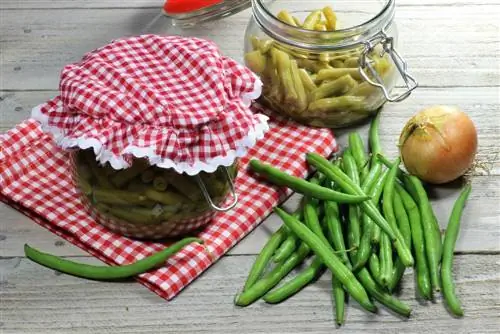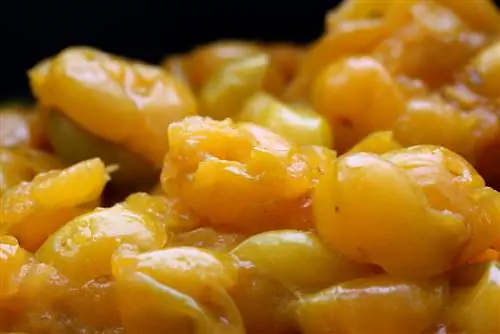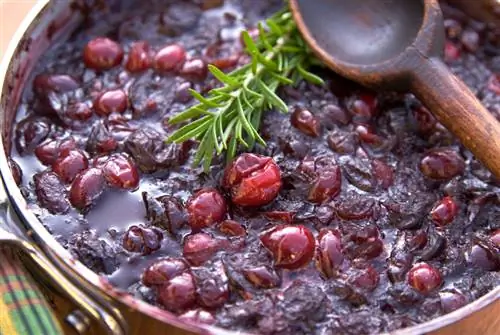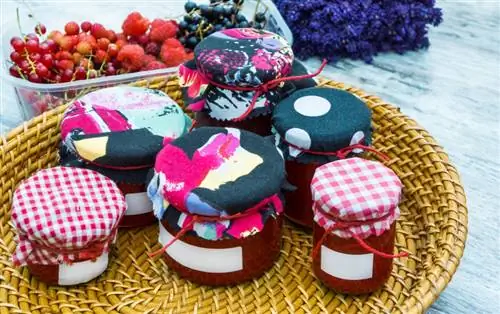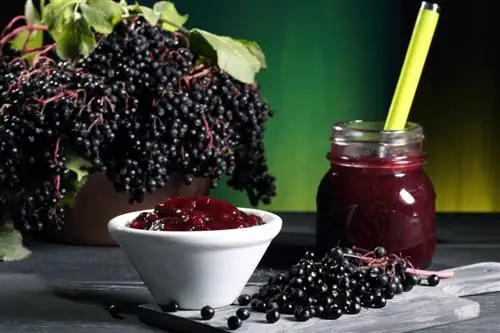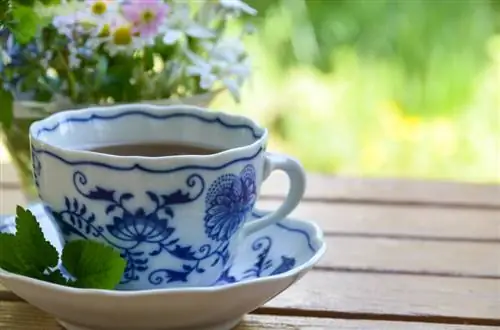- Author admin [email protected].
- Public 2023-12-16 16:46.
- Last modified 2025-01-23 11:19.
Preserving is not complicated and takes far less time than many people think. Cooked legumes not only taste better than canned ones, they also help avoid waste. Mason jars, rubber bands and lids can be used over and over again.
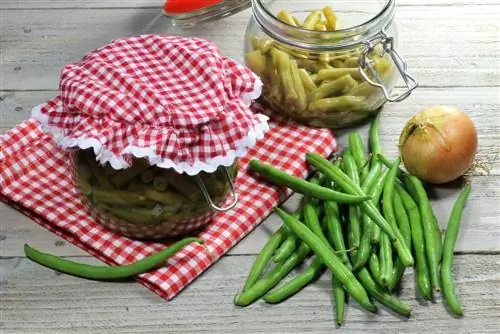
How can you properly preserve legumes?
To preserve legumes, they should first be soaked, cooked and placed in sterilized preserving jars. They are then cooked at 100 degrees Celsius either in a preserving pot or an oven. The process should be repeated after one to two days to kill botulism pathogens.
Some he althy facts about legumes
Pulses such as peas, beans, lentils and soybeans contain a lot of protein and are not an enrichment for vegetarians. They also provide large amounts of vitamins B1, B6, folic acid and have a high potassium content, which has a blood pressure-lowering effect.
Botulism germs in legumes
When it comes to legumes, pouring them into jars while they are boiling is not enough; they must also be boiled down. The very resistant botulism pathogen, whose produced neurotoxin is dangerous for humans, only multiplies in the absence of oxygen in airtight packaged foods.
Clostridium botulinum can be prevented through sterilization, in which food is heated under excess pressure to over 100 degrees Celsius. For physical reasons, this temperature cannot be achieved in the home. Therefore, legumes should be canned a second time within one or two days.
Recipe for 10 jars of boiled legumes
Ingredients
- 1 kg dried legumes
- 1 tbsp s alt
- 1 tsp baking soda if you have hard water in your area
- 10 preserving jars with removable clamp or 10 jars with twist-off closure, capacity 350 ml
- Main pot or extra deep baking tray
Preparation
- Put the legumes in a pot and fill with plenty of water. In areas with very hard water, add ½ liter of baking soda.
- Soak overnight.
- Pour away the soaking water and add enough water again to cover the legumes well. If necessary, add ½ teaspoon of baking soda again.
- S alt water, bring to the boil and simmer gently for an hour.
- Sterilize the jars, lids and rubber rings in a water bath for at least 10 minutes and drain on a kitchen towel.
- Pour the legumes into the jars while they are boiling hot and cover with cooking water. There should be two to three centimeters of space at the top.
- Wipe the edge of the glass with a clean cloth, close the glasses.
- Place it on a rack in the cooking pot, add water according to the manufacturer's instructions and simmer at 100 degrees for 30 minutes.
- Alternatively, place glasses on the baking tray, pour in three centimeters of water and bake in the oven at 100 degrees for two hours.
- Let it cool down and check whether a vacuum has built up in all the glasses.
- Repeat the process the next day or the day after that at the latest.
Tip
Numerous cooking recipes contain information such as: 1 can of chickpeas with a drained weight of 260 g. This can be converted as follows: 100 g of dry goods correspond to 200 g of cooked legumes.

